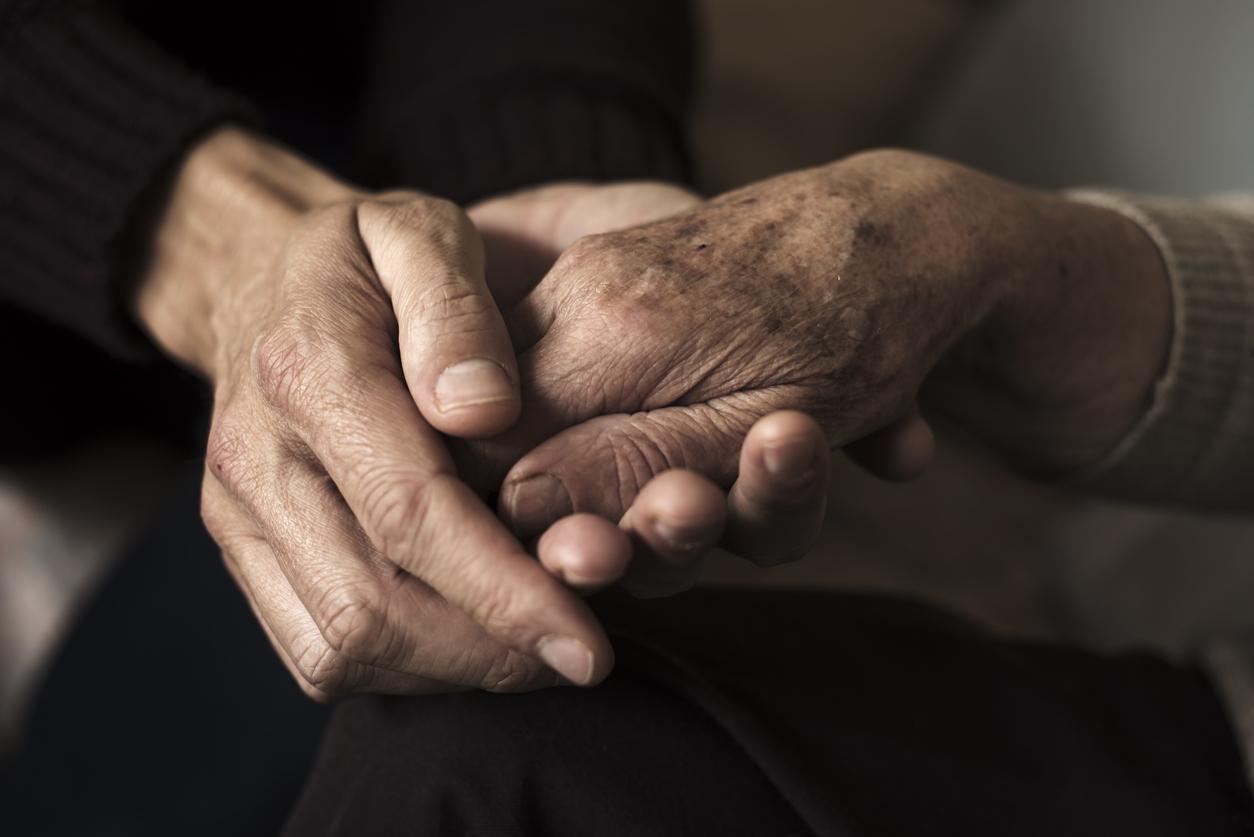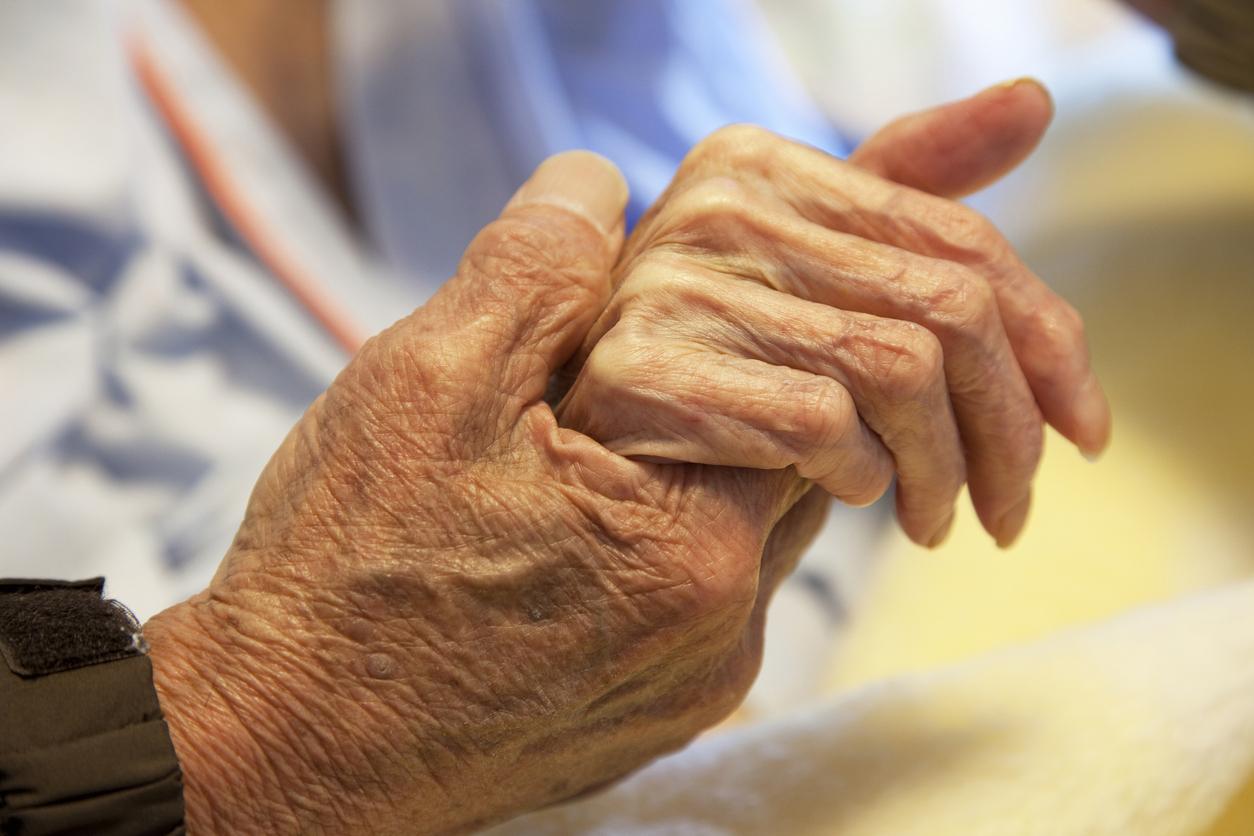French comedian Jean-Yves Lafesse died on Thursday July 22 at the age of 64 from Charcot’s disease, an autoimmune disease that was diagnosed in him a year ago.

- Charcot’s disease, also called amyotrophic lateral sclerosis (ALS), is a crippling neurodegenerative disease.
- This pathology is part of the group of motor neuron diseases, which gradually degenerate and cause patients to lose control of their muscles.
- The life expectancy of patients with the disease is usually between 24 to 36 months after diagnosis.
This Thursday, comedian Jean-Yves Lafesse died of Charcot’s disease. Aged 64, the one who made himself known in particular by his hidden cameras or his telephone pranks, had been diagnosed with this autoimmune disease a year earlier. Also called amyotrophic lateral sclerosis (ALS), it is a paralyzing neurodegenerative disease which concerns approximately 2,500 new cases per year in France.
progressive paralysis
Recently, it was the former rapper of the Fonky Family, Pone, who shed light on this rare disease from which he suffers by alerting the Minister of Health, Olivier Véran. This pathology is part of the group of motor neuron diseases, which gradually degenerate and cause patients to lose control of their muscles. Patients begin by losing the ability to move their arms and legs before the disease attacks the muscles of the diaphragm and chest wall, preventing patients from being able to breathe without assistance.
The life expectancy of patients with the disease is usually between 24 to 36 months after diagnosis. Jean-Yves Lafesse therefore survived him for a shorter time. Some, however, manage to defy the disease and continue to live longer. The best known example is that of Stephen Hawking who lived more than 50 years with pathology.
The disease better understood
There is currently no treatment to cure the disease. Recently, Spanish researchers made an important discovery when they found that the protein aggregation observed in patients with amyotrophic lateral sclerosis (ALS) actually protected the cells. This better understanding of the pathology, in this case the opposite of what we thought until now, gives hope for the development of treatments in the near future.
.














